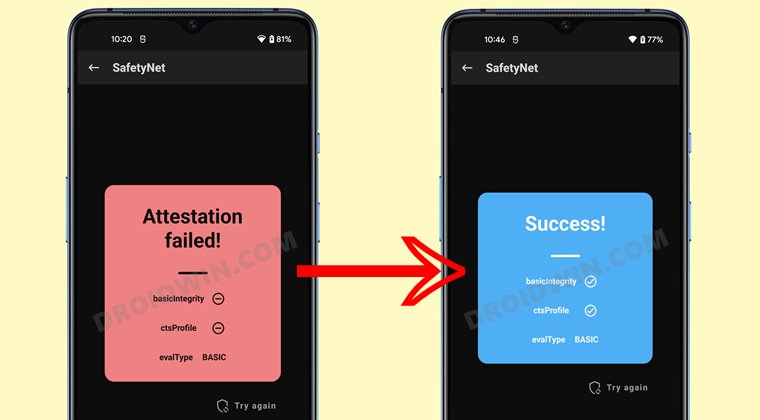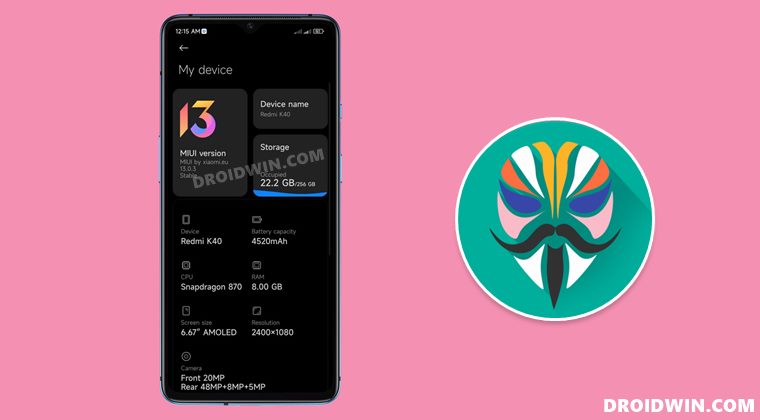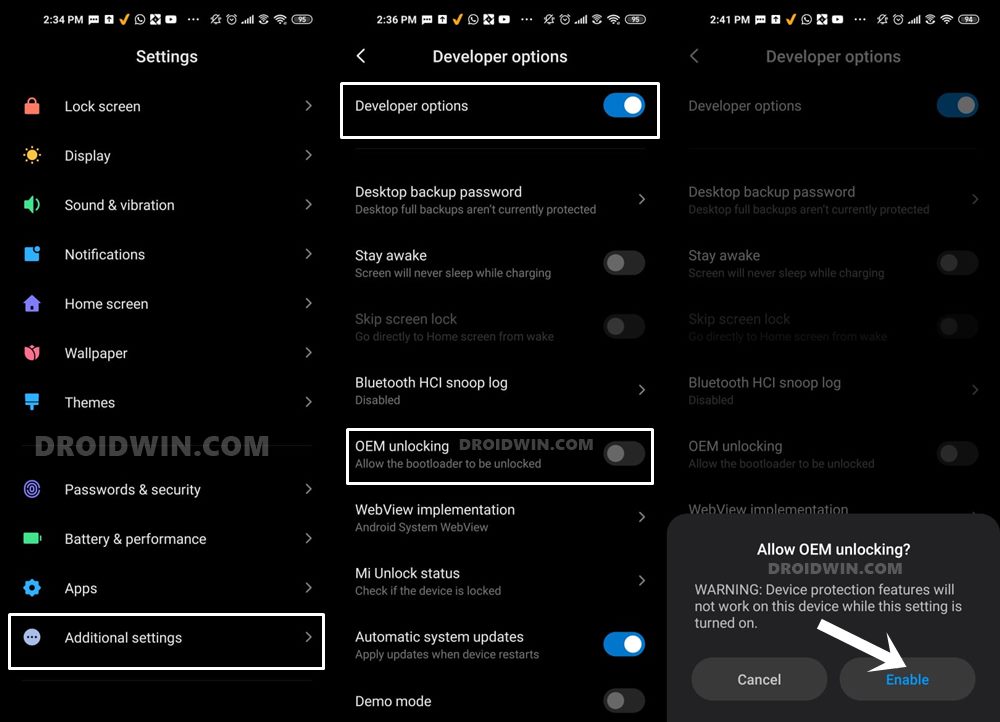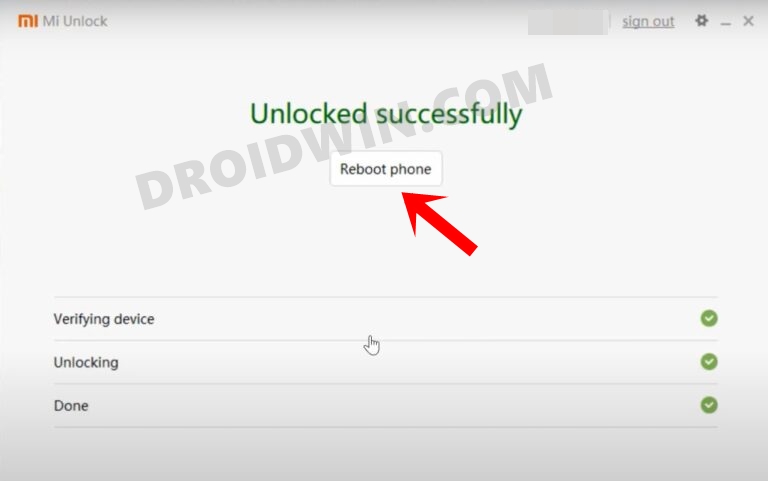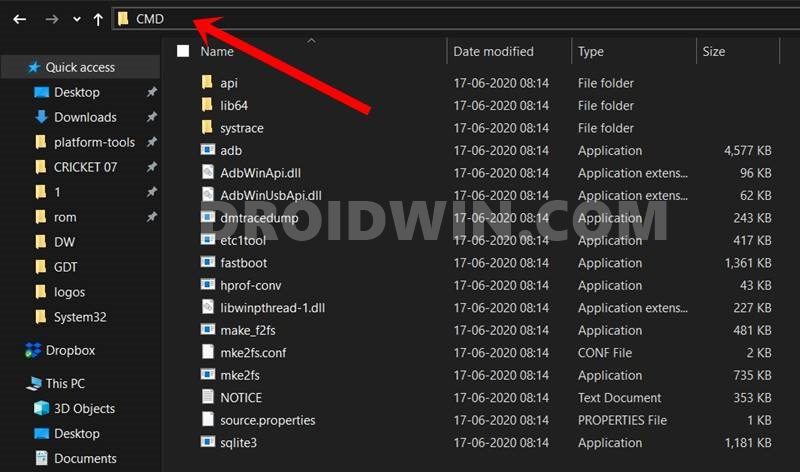While these are no doubt quite appreciatable, but for the tech enthusiasts, it might still not be enough to checkmark all the prerequisites. And we can’t blame them either! Once you unlock the device’s bootloader and step into custom development, there is literally a plentitude of tweaks to try out. From flashing custom ROMs to installing a custom recovery, the possibilities stand endless. Likewise, you could also gain administrative privileges by rooting your device. This will then allow you to flash a truckload of tweaks and mods and even custom kernels. Owing to all these benefits, it’s no hidden secret why users are looking to root their Xiaomi device running MIUI 13 based Android 12 via Magisk. if you are also on the same page, then this tutorial shall help you out. Follow along.
Benefits and Risks of Rooting
Once you root your device by flashing the Magisk patched boot.img via Fastboot Commands, you will be in a position to try out a plethora of customizations on your device. These include the likes of flashing custom ROMs, installing a custom recovery like TWRP, or flashing a custom kernel. Along the same lines, you could also flash Magisk Modules, Xposed Framework, Substratum Themes, Viper4Android, and the likes. However, this is just one side of the story.
Carrying out this process also has its downsides. First off, the process requires an unlocked bootloader. Doing so will wipe off all the data and could nullify the device’s warranty as well. Likewise, WideVine L1 will be degraded to L3, resulting in the inability to stream Netflix in HD [FIXED]. Then the SafetyNet will be triggered [FIXED], which might cause issues with banking apps [FIXED]. So if all that’s well and good, then let’s get started with the steps to root your Xiaomi device running MIUI 13 based on Android 12 via Magisk.
How to Root Xiaomi MIUI 13 based on Android 12 via Magisk
The below instructions are listed under separate sections for ease of understanding. Make sure to follow in the exact same sequence as mentioned. Droidwin and its members wouldn’t be held responsible in case of a thermonuclear war, your alarm doesn’t wake you up, or if anything happens to your device and data by performing the below steps.
STEP 1: Install Android SDK
First and foremost, you will have to install the Android SDK Platform Tools on your PC. This is the official ADB and Fastboot binary provided by Google and is the only recommended one. So download it and then extract it to any convenient location on your PC. Doing so will give you the platform-tools folder, which will be used throughout this guide to root your Xiaomi device running MIUI 13 based on Android 12 via Magisk.
STEP 2: Enable USB Debugging and OEM Unlocking
Next up, you will also have to enable USB Debugging and OEM Unlocking on your device. The former will make your device recognizable by the PC in ADB mode. This will then allow you to boot your device to Fastboot Mode. On the other hand, OEM Unlocking is required to carry out the bootloader unlocking process.
So head over to Settings > About Phone > Tap on Build Number 7 times > Go back to Settings > System > Advanced > Developer Options > Enable USB Debugging and OEM Unlocking.
STEP 3: Unlock Xiaomi Device Bootloader
Since this is an unofficial ROM (a custom ROM to be precise), you will need to unlock the device’s bootloader. However, doing so will wipe off all the data and could nullify the device’s warranty as well. So if that’s all well and good, then please refer to our guide on How to Unlock the Bootloader on any Xiaomi Device. Once that is done, you may move over to the next step to root your Xiaomi device running MIUI 13 based on Android 12 via Magisk.
STEP 4: Download Xiaomi MIUI 13 (Android 12) Fastboot ROM
Next up, you will have to download the Fastboot ROM for your Xiaomi device. Make sure to download the same version that is currently installed on your device (you could verify the same from your device’s Build Number). As far as the downloading source is concerned, you could get it from the official MIUI site or a third-party site like XiamiFirmwareUpdate (if the official website is blocked in your region).
STEP 5: Get Xiaomi MIUI 13 Android 12 Stock Boot.img
STEP 6: Patch Xiaomi MIUI 13 (Android 12) Boot.img via Magisk
STEP 7: Boot Xiaomi Device to Fastboot Mode
STEP 8: Flash Magisk Patched Boot | Root Xiaomi MIUI 13 Android 12
That’s it. These were the steps to root your Xiaomi device running MIUI 13 based on Android 12 via Magisk. If you have any queries concerning the aforementioned steps, do let us know in the comments section. We will get back to you with a solution at the earliest. Many users first prefer to have a temporary root, check if everything is working well and good, and then proceed to permanently root their device. For example, if you wish to verify if the patched boot.img will work correctly or not, then you may opt for this method. Apart from that, some users just wish to test a particular mod for a short time, and for them, the temporary root is more than enough. If you are also on the same page and wish to temporary root your Xiaomi device running MIUI 13 Android 12 via Magisk, then refer to the below steps: If your device is stuck in bootloop, then you might have to disable the verity checks by flashing the vbmeta file. Here’s how it could be done: If you are still unable to fix the bootloop issue, then flash the stock boot.img file from the Fastboot ROM to permanently remove the root [use the below command for that]. After that, you should opt for the method to root your device via the TWRP Recovery. So with this, we conclude this section. If you have any queries regarding how to root your Xiaomi device running MIUI 13 based on Android 12 via Magisk, then do let us know in the comments section below.
How to Root Android 12 via Magisk patched boot.img (without TWRP)How to Hide Root from Apps via Magisk DenyList [Android 12]Enable Choose Update Package | Reboot to Recovery Mode: MIUI XiaomiHow to Enable VoLTE and VoWiFi on Xiaomi (Root/Non-Root)
About Chief Editor
